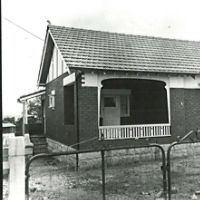As World War Two entered its sixth – and eventual final – year of conflict, cautious optimism that the fighting might soon come to an end started to take hold within Commonwealth Bank with hopes its enlisted staff would come home safely.
The D-Day invasion of Europe in June 1944 by Allied forces and the turning of the tide against the Japanese in the Pacific had, by Remembrance Day and then Christmas of that year, bolstered expectations that the war was reaching a successful conclusion.
That was reflected in the chairman and managing director’s messages in the December issue of CBA’s staff magazine Bank Notes: both looked forward to the end of the conflict. But they cautioned readers that “much fighting remains to be done” with continued support needed from those on the home front in Australia for those serving overseas.




